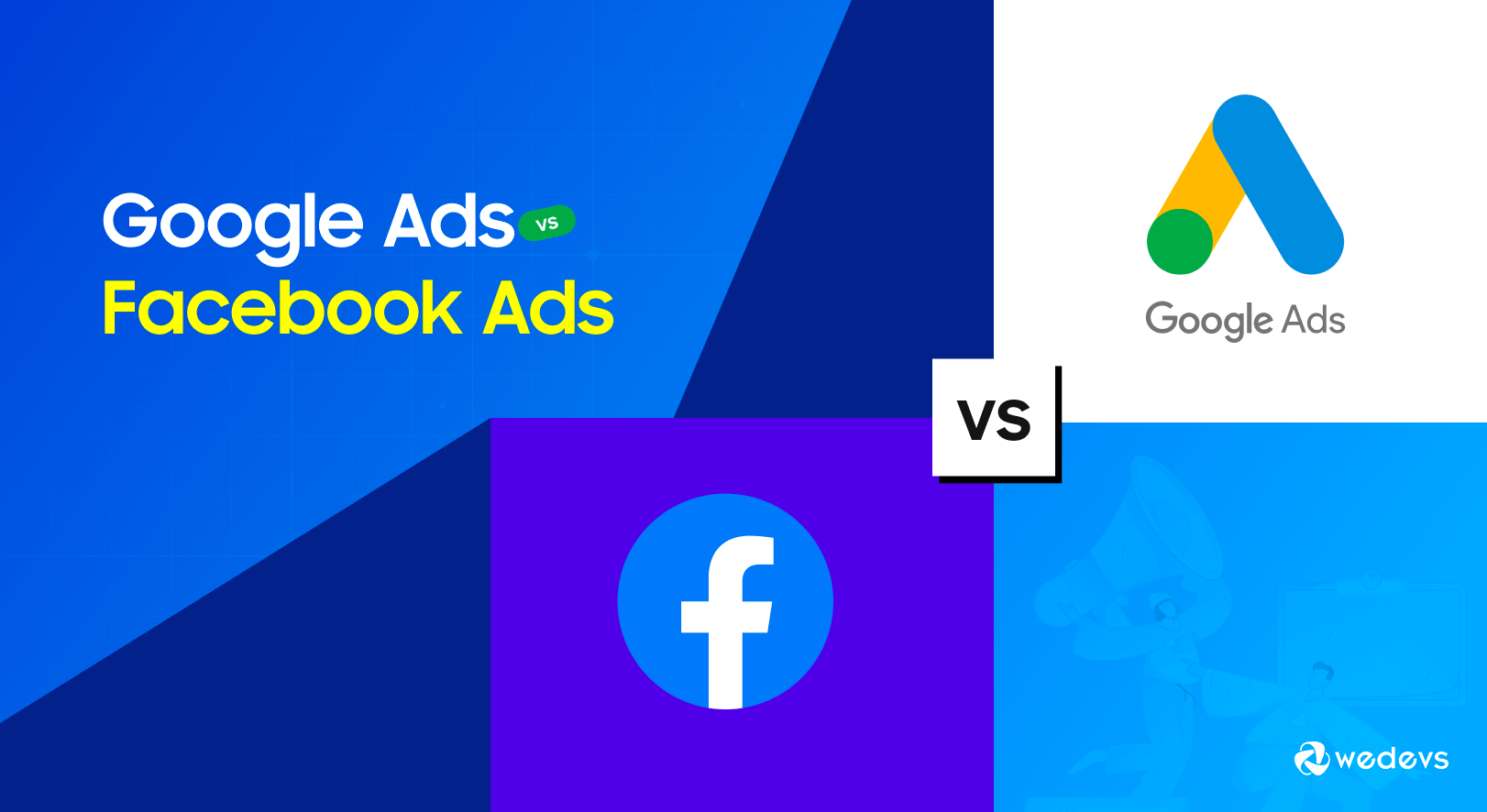
Google Ads vs Facebook Ads: Which One is Better for Your Business
If you’re trying to pick between Google Ads and Facebook Ads, you’re in the right place. I've worked with both for years, and I can tell you, they work in totally different ways.
Google Ads helps you reach people who are already searching for something specific. Facebook Ads is great for getting in front of people who might not be looking, but could still be interested.
Each one has its own strengths. The right choice depends on your product, your audience, and the results you want.
In this post, I’ll walk you through how both platforms work, what makes them different, when to use each one, and how you can run them together. No confusing terms. No hype. Just a real, honest guide to help you make the right call for your business. Let's get started!
What Are Google Ads?
Google Ads is Google’s own advertising platform. It lets you show your ad right when someone is actively searching for something related to your business.
So if someone types “buy leather wallet” into Google, and you sell wallets, your ad can show up at the top of the search results. That’s the power of Google Ads. It connects you with people who already have intent.
I’ve used Google Ads for eCommerce stores, service-based businesses, and even local shops. The beauty of it is that you don’t have to convince someone to want what you offer. They’re already looking. You just need to show up at the right time, with the right message.
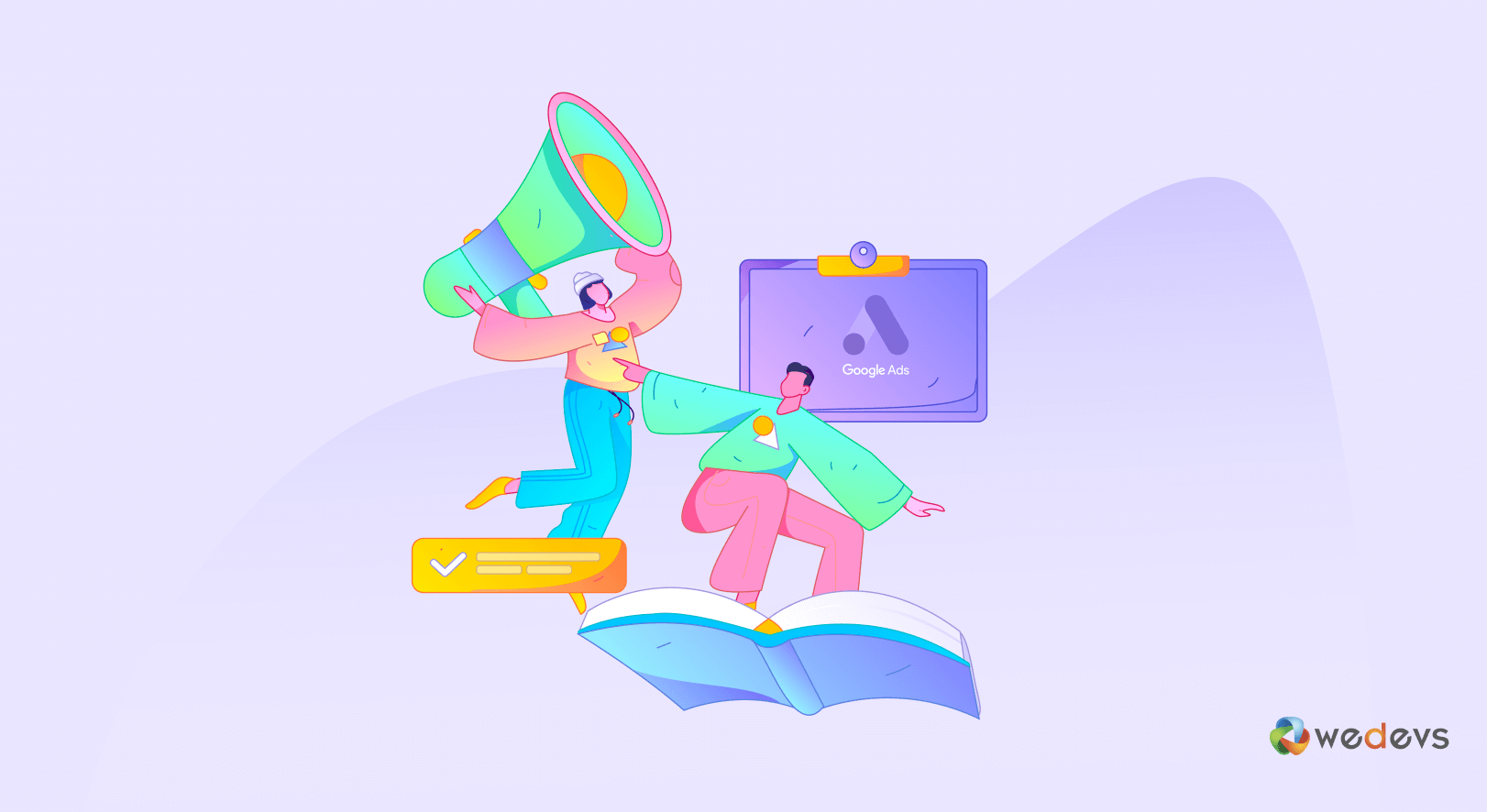
It’s not just limited to search, by the way. You can run video ads on YouTube, banner ads on blogs and websites, shopping ads that show your product image with price, and even remarketing ads that follow people around the web after they visit your site.
Now, here’s the catch: Google Ads works great, but only if you set it up properly. You need to pick the right keywords, write a strong ad copy, and manage your budget wisely. Otherwise, it can eat up your money with no results. When done right, it brings in highly targeted traffic.
Google Ads has also improved a lot in 2024–2026 with the rise of AI-powered campaign types like Performance Max. These campaigns use Google’s machine learning to find customers across Search, YouTube, Display, Gmail, Maps, and Discover.
What Are Facebook Ads?
Facebook Ads is a whole different game. Unlike Google Ads, where people search for something and then see your ad, Facebook Ads is more like showing your ad to the right people before they even think about it.
I’ve used Facebook Ads for everything from product launches to lead generation, and it works incredibly well, especially when you know who your audience is.
Facebook collects a massive amount of user data. I’m talking interests, behaviors, job titles, locations, relationship status- everything. And it uses that data to help you target exactly who you want.

Let’s say you’re selling gym wear. You can show your ad to women aged 25–35 who are interested in fitness, follow certain fitness pages, and have recently interacted with workout-related content. You don’t have to wait for them to search.
Facebook’s AI now studies patterns in user behavior to show ads to people who are most likely to click or buy – even when exact tracking data is missing.
Google Ads vs Facebook Ads: Key Differences
Here’s a quick side-by-side comparison to help you see how they stack up. I’ve kept it practical, this is based on what actually matters when you’re choosing between the two.
| Feature | Google Ads | Facebook Ads |
|---|---|---|
| User Intent | High intent – users are actively searching | Low intent – users are passively scrolling |
| Targeting | Based on keywords and search terms | Based on interests, behavior, and demographics |
| Ad Placement | Search results, YouTube, websites (Display) | Facebook, Instagram, Messenger, Audience Network |
| Best For | Direct conversions, lead capture, and high-intent buyers | Brand awareness, retargeting, and audience building |
| Cost | Can be expensive depending on keyword competition | Generally cheaper for a broad reach and visibility |
| Creative Focus | Headlines and short copy matter most | Visuals and storytelling are key |
| Learning Curve | More technical – needs proper keyword planning | Easier to set up, but needs strong creatives |
| Data Tracking | Google uses first-party search data, which is more accurate | Facebook relies on behavioral and interest-based signals, which can sometimes be less precise |
| Buyer Journey Fit | Google fits the ‘ready to buy' stage | Facebook fits the ‘discover + consider' stage |
Google Ads vs Facebook Ads: 5 Differences You Should Know
Both platforms can bring great results, but they work in very different ways. I’ve used them side by side, and these are the key differences that really affect your ad performance, budget, and overall strategy.
Here are 5 major differences you should know:
- Intent vs Discovery
- Ad Format Focus
- Audience Targeting Style
- Budget Strategy
- Learning Curve and Setup
Now let's get into the details!
a. Intent vs Discovery
This is probably the biggest difference between the two.
With Google Ads, people are already looking for something. They go to Google, type in a keyword, and your ad shows up. You’re simply giving them what they’re already asking for. That’s intent-based marketing. It works really well when someone is ready to buy, book, or sign up.
With Facebook Ads, it’s the opposite. People aren’t searching. They’re scrolling through their feed, watching videos, or reacting to a meme. Your ad pops up in between. So here, you’re not fulfilling demand — you’re creating interest. It’s more about grabbing attention and planting the idea in someone’s head.
In short, Google helps you catch people who are already looking. Facebook helps you reach people who didn’t even know they needed you – yet.
Also Check: How to Make Money on Social Media – 5 Expert Hacks.
b. Ad Format Focus
Google Ads is mostly about text and intent. Your ad needs a solid headline, a clear message, and a relevant keyword. On the Display Network or YouTube, visuals come into play, but the core strength is still in matching what people are searching for.
Facebook Ads is a visual-first platform. Your image or video is what stops the scroll. If your creative doesn’t stand out, the rest won’t matter. Strong visuals, short captions, and a clear call-to-action are the game changers here.
In simple words, Google focuses on what people are searching for. Facebook focuses on how you show up in their feed.
c. Audience Targeting Style
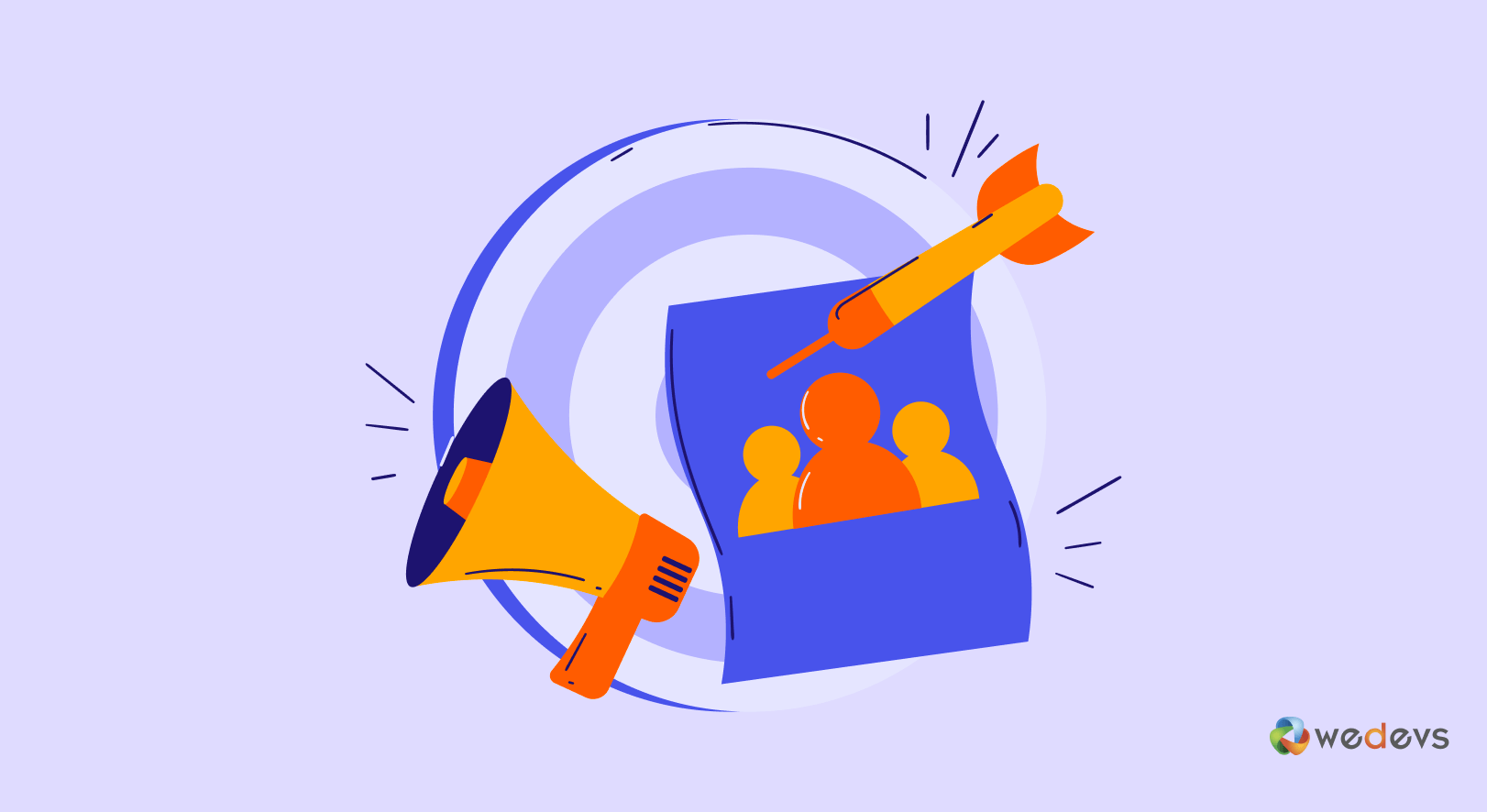
Google targets based on keywords. You choose what words or phrases people type into the search bar, and your ad shows up when there’s a match. You can also use demographics and custom audiences, but the main driver is still the search intent.
Facebook takes a completely different route. It targets based on who people are — their age, interests, job, behavior, relationship status, pages they follow, and even what they’ve clicked on recently. It’s like digital profiling (in a good way).
So with Google, you’re targeting the action (search). With Facebook, you’re targeting the person behind the screen.
d. Budget Strategy
Google Ads can burn your budget fast if you’re not careful. Some keywords are super competitive and cost a lot per click. You need to watch your bids, set daily limits, and constantly track what’s working. If you’re targeting high-intent keywords, the cost per lead or sale is usually higher, but often worth it.
Facebook Ads usually give you more reach for less money. You can start small, test different creatives, and scale what works. It’s great for top-of-the-funnel campaigns where you want visibility, engagement, or traffic. The cost per click or view is often lower, but the leads might need more nurturing.
In short, Google might cost more per click but bring hotter leads. Facebook is cheaper to start with and gives you room to experiment.
e. Learning Curve and Setup
Google Ads has a steeper learning curve. You need to understand keywords, match types, bidding strategies, Quality Score, ad extensions, and more. It’s powerful, but it takes time to master. I’ve spent hours tweaking campaigns just to get the balance right.
Facebook Ads are easier to set up in the beginning. The ad manager is more visual. You pick your audience, set your budget, upload a creative, and you’re good to go. But don’t let that fool you – getting consistent results still needs testing, tracking, and good creatives.
So, if you're just starting out, Facebook might feel easier. But if you're ready to learn and target people who are already searching, Google is worth the effort.
When to Use Google Ads?
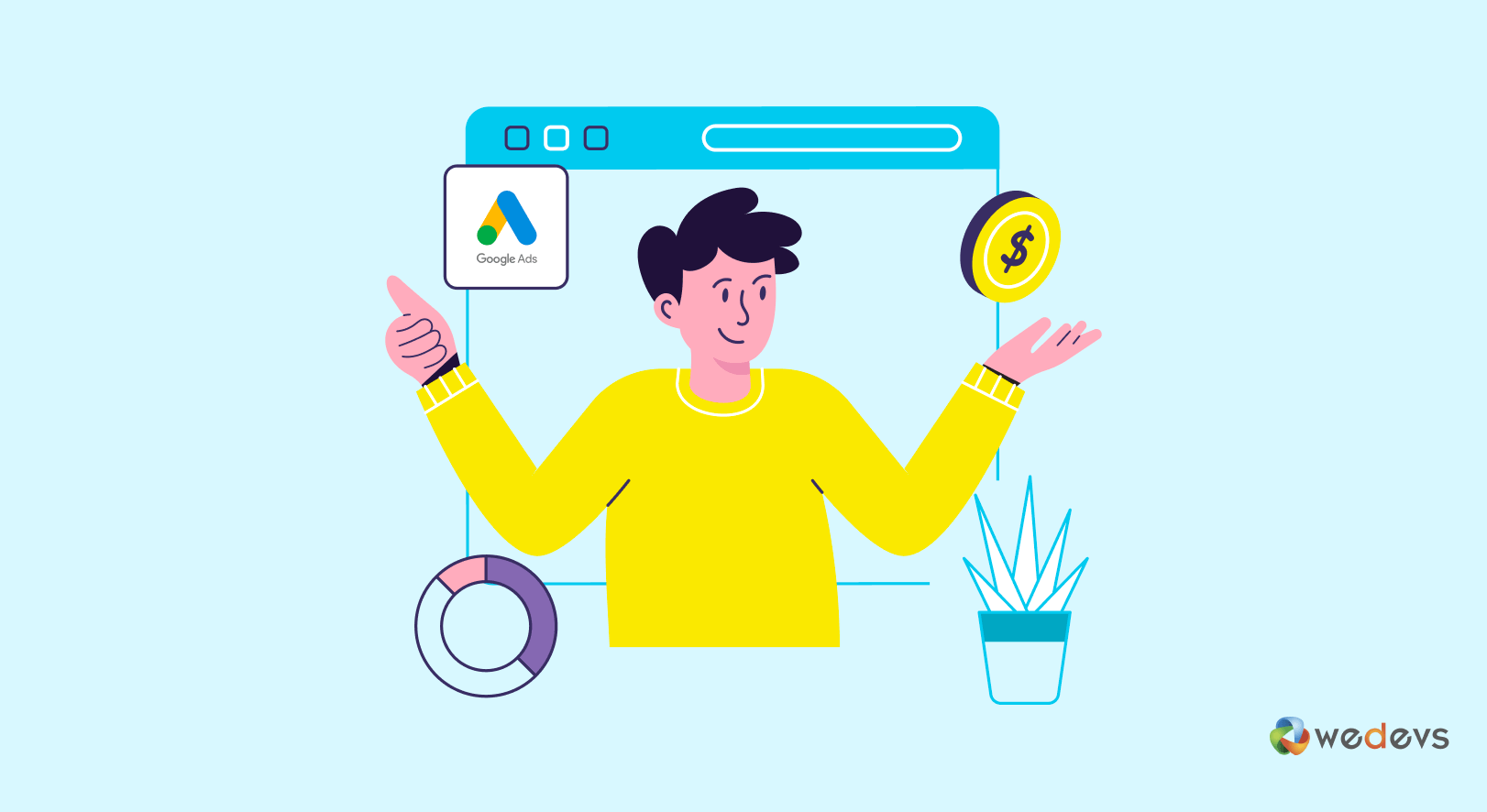
I always turn to Google Ads when I want to catch people with strong intent — people who are already looking for something specific. If someone types “buy running shoes online,” they’re not browsing. They’re ready. That’s where Google shines.
It’s perfect for products or services that solve an immediate problem. Think plumbers, dentists, phone repair, software tools, or even high-ticket items, where people are doing comparison shopping.
It also works great for landing pages that are built for conversions, like booking a demo, downloading a guide, or making a purchase. If your website is ready to convert and you have a solid funnel, Google Ads can drive high-quality traffic.
I usually recommend Google Ads when you:
- Want leads or sales fast
- Have a specific offer or service with buying intent
- Target keywords with clear commercial value
- Can afford a higher cost per click for better lead quality
- Need measurable, trackable ROI
- Competing in a niche with high urgency
- When customers compare many options before buying
- When you want to dominate brand searches
It’s not for casual brand awareness. It’s for results-focused campaigns where every click counts.
When to Use Facebook Ads?
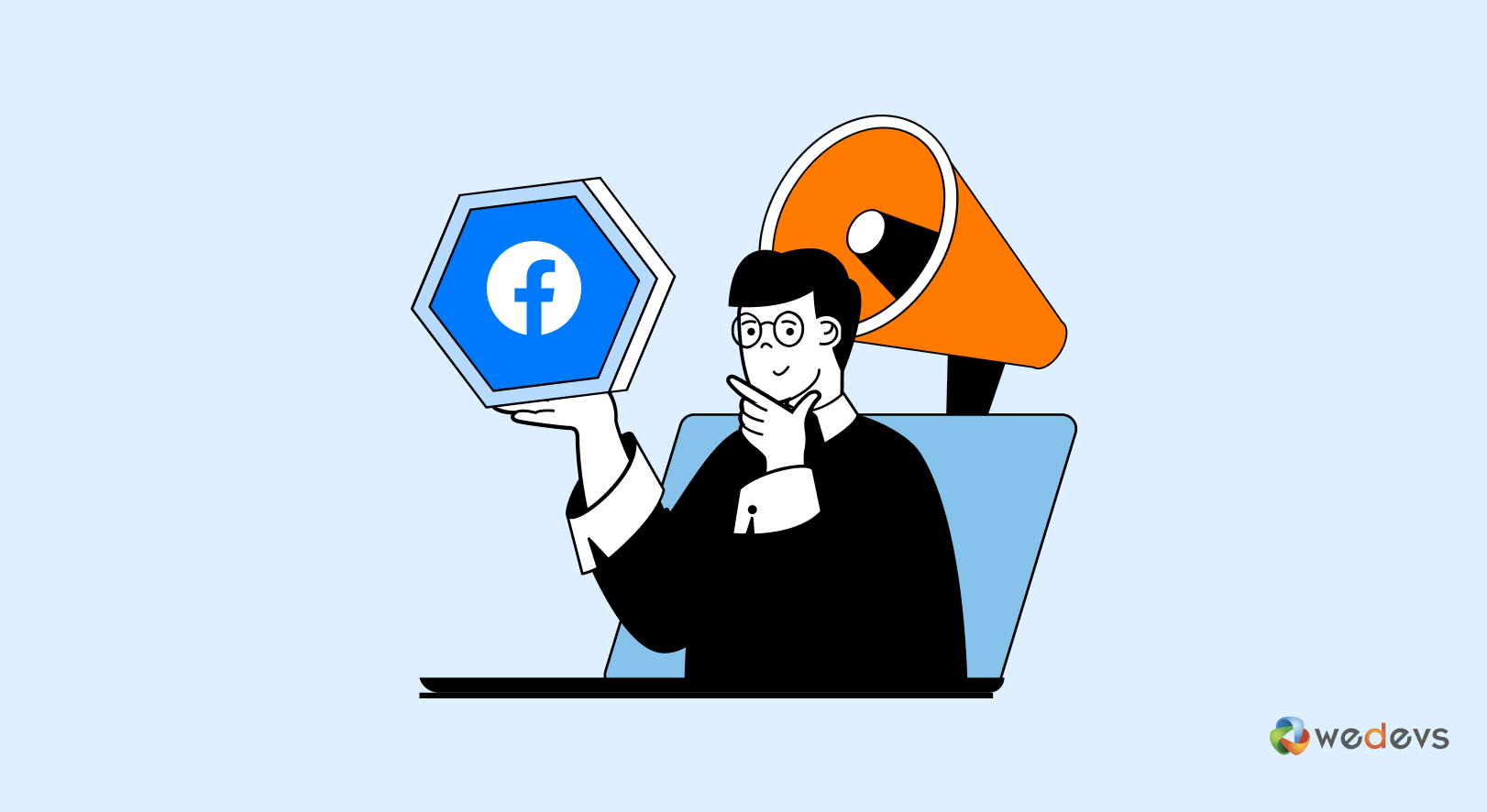
I use Facebook Ads when I want to build interest or grow an audience around a product, service, or brand, especially when people aren’t actively searching for it yet.
Let’s say you’re launching a new fitness program, promoting a fashion brand, or offering something unique that people don’t know they need. Facebook is ideal for this. You can show eye-catching visuals, tell your story, and grab attention while people scroll through their feed.
It’s also my go-to for retargeting. You can run ads to people who visited your website, added something to their cart, or watched your videos. That follow-up power is huge.
I recommend Facebook Ads when you:
- Want to raise brand awareness or build a community
- Have great visuals or video content
- Want to retarget past visitors or warm up cold audiences
- Work with a smaller budget and want to test creatively
- Launching a new product or idea, people don’t search for it yet
- You want to promote webinars, events, or lead magnets
- Want user-generated content (UGC) and reviews can convert more people
It’s perfect for nurturing leads and staying in front of your ideal audience — even if they’re not ready to buy today.
Can You Use Both Google Ads and Facebook Ads Together?
Absolutely! In fact, using both Google Ads and Facebook Ads together can be a powerful strategy. Each platform has its strengths, and combining them can cover more stages of the customer journey.
For example, you can use Facebook Ads to create awareness and engage people who may not even know they need your product. You can target people based on their interests, behavior, and demographics.
Once they interact with your ads, you can then retarget them with Google Ads when they search for a specific product or service, tapping into their intent.
Here’s how I’ve seen it work well:
- Facebook for Awareness: Start by running engaging Facebook campaigns that introduce your brand or offer to a broad audience. Maybe they click on your ad or interact with it in some way.
- Google for Intent: As people get familiar with your brand or product, use Google Ads to target those who search for related terms. Now they’re more likely to convert because they’re actively looking for a solution.
It’s like a one-two punch. You can nurture your audience on Facebook, then show up on Google when they’re ready to take action. Using both together can help you maximize visibility, reinforce messaging, and capture leads across both platforms.
Many brands also run Meta ads + Google Display + YouTube retargeting simultaneously. This keeps potential customers seeing your brand everywhere, which increases trust and improves conversions.
Bonus: How is AI transforming Google and Facebook Ads Management in 2026?
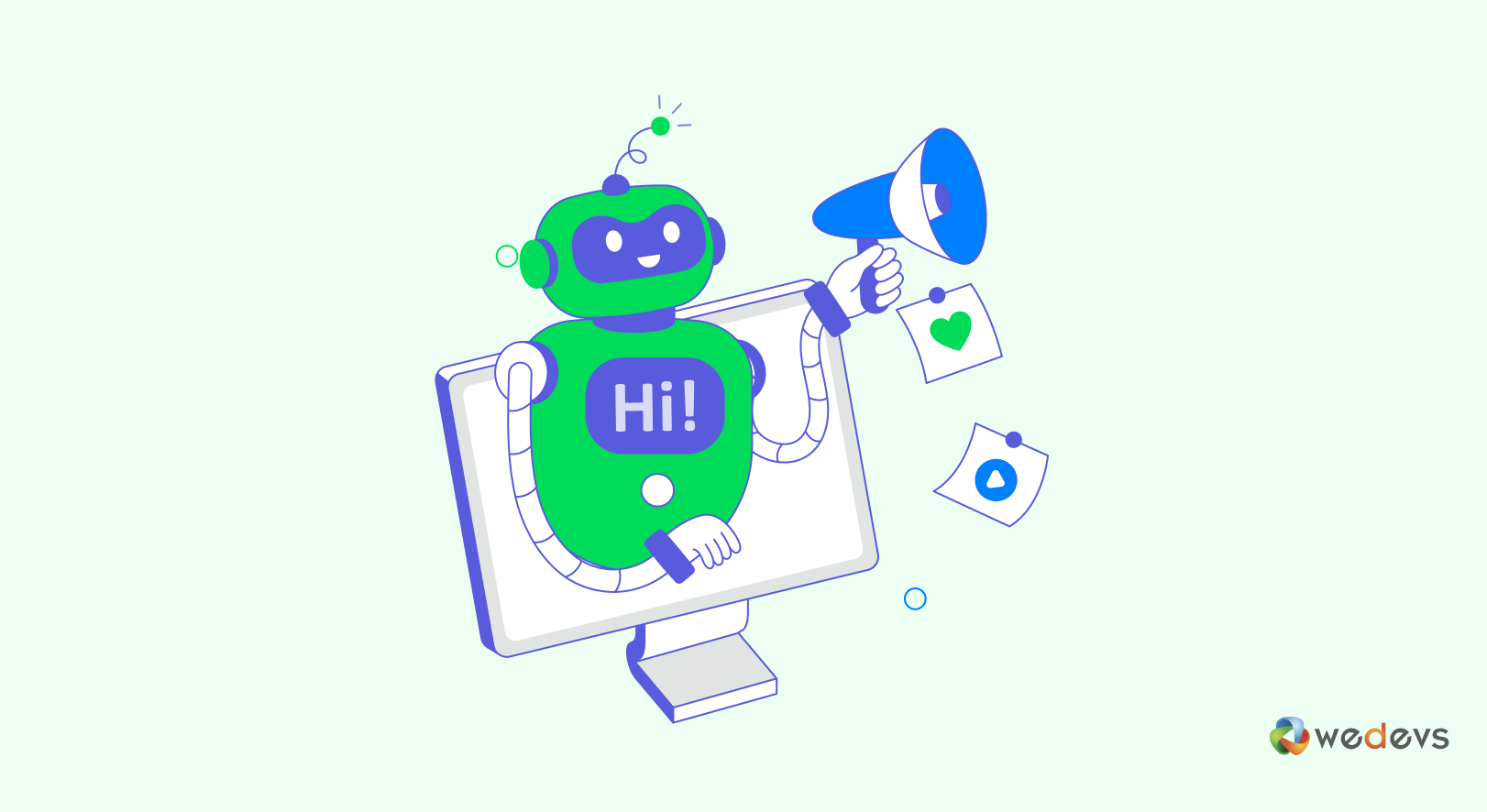
In 2026, AI is making Google and Facebook Ads management smarter and easier. For Google Ads, AI automates bidding. It adjusts your bids in real-time for better results. It also optimizes keywords and ad placements automatically, saving you time.
For Facebook Ads, AI helps target the right people. It predicts who is most likely to engage with your ads. AI also uses dynamic creative optimization to adjust your ads’ images, copy, and formats to suit individual users.
AI is also improving performance analysis on both platforms. It offers recommendations and real-time adjustments to improve your campaigns.
Overall, AI makes ad management faster, more efficient, and more effective. It allows businesses to focus on strategy while AI handles the details.
Google Ads vs Facebook Ads – Which One Is Right for You?
So, which platform should you choose – Google Ads vs Facebook Ads? Well, it really depends on what you’re aiming for and where your audience is in their journey.
- If you need buyers with intent → Google Ads
- If you want attention and awareness → Facebook Ads
If you’re looking to catch high-intent buyers who are actively searching for what you offer, Google Ads is a fantastic choice. It’s ideal for driving immediate conversions, especially if you have a product or service that solves a specific problem.
On the other hand, if you want to build awareness, nurture potential customers, or target people based on their interests, Facebook Ads shines. It’s perfect for getting your brand in front of a wider audience and creating engagement before people are ready to buy.
The best choice for most businesses is not ‘Google or Facebook.' Instead, it is ‘Google AND Facebook' working together. This gives you visibility, traffic, retargeting, and conversions across the full customer journey.
Now, if you want to explore remarketing, you can check out our blog on remarketing for beginners to get started with! If you have any feedback related to this blog post – Google Ads vs Facebook Ads, feel free to share that with us using the comment box below.